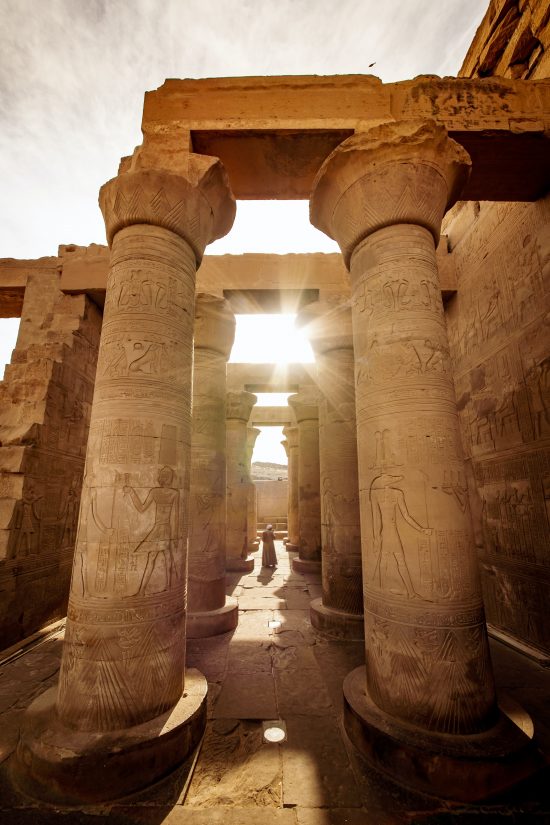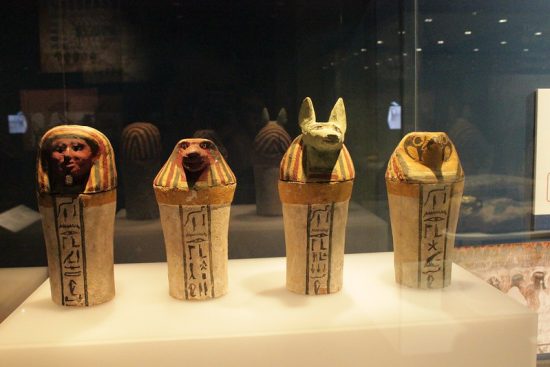Movies That Accurately Portray Ancient Egypt
The society of ancient Egypt has captured our imagination for centuries. Despite being one of the most advanced historical Mediterranean societies and existing for just shy of 3,000 years, so much of it is still shrouded in mystery.
Here we have ranked which famous movies portrayed the setting accurately… or at least more accurately than usual.
The Ten Commandments, 1956
Our first movie focuses on ancient Egypt as seen in the Bible. Being so old, Egypt has worshipped many gods. In fact, all three of our picks feature Egyptian religion prominently. Even today, we are familiar with Egyptian pagan gods like Horus or Anubis. They are entertainment icons, appearing in books, movies, and even eye of horus slot games. Other popular symbols like the ankh and the scarab beetle can be seen in that game, too.
The Ten Commandments follows Moses and the Book of Exodus and benefits from a lot of source material, including not one but three supporting books. This means it is quite restricted in scope but it was filmed on-site at the Sinai Peninsula with the Egyptian army and was celebrated upon release. Unfortunately, they didn’t have the capability to recreate all ten plagues.
The Ten Commandments is a massive epic that clocks in at nearly four hours, covering a lot of Moses’ lesser-known early life. It’s also used by writers and directors to Egypt’s representation in pop culture.
The Mummy, 1999
The 1999 reimagining of Boris Karloff’s 1932 picture takes a lot of fun creative liberties, as you can imagine. Some of the inaccuracies can be blamed on Karloff’s classic, like the whole coming back from the dead thing.
It did get a few of the smaller details right thanks to Egyptologist Stuart Tyson’s involvement. The hieroglyphs on Ardeth Bey’s face are accurate, reading “justice” and of course, “Imhotep”. The Medjay existed as soldiers protecting tombs, which ties well into the story’s fiction.
The five canopic jars are also prominent. Unfortunately, there would have only been four since Egyptians didn’t like removing the heart for mummification. It was thought to be where the mind dwelled, essentially the brain, and that it’d be needed by Ra to determine your goodness. Still, it’s one of the few movies where canopic jars are represented at all. It’s also a good watch following Brendan Fraser’s comeback and Oscar win.
Agora, 2009
Yes, another Rachel Weisz movie. Set around the decline of the Library of Alexandria, Rachel Weisz plays historical Greek academic Hypatia, 391 AD. The real Hypatia never discovered heliocentrism as depicted. It’s not the kind of movie to benefit from the same creative liberties as The Mummy.
What it gets right is the religious tension of the period and the fact that the Library of Alexandria didn’t spontaneously combust, it was a decades-long decline. The movie builds up to the sacking of the temple of Serapis by early Christians in a rejection of pagan gods. This is accurate but even the small library in the Serapeum was probably gone by then too.
Many movies have tried to capture the essence of ancient Egypt, through historical pieces or modern capers that take place in dusty ruins, and these are just a few examples of the ancient society which is still much talked about today.











